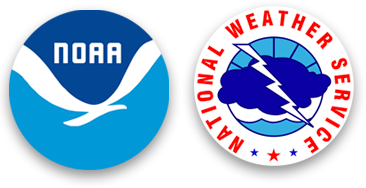Here, in her own words, are those of Kristine Johnson Nelson, currently a Meteorologist with the NWS Operations Center in Silver Spring, MD.
The day was Sunday, March 22, 2009.
I was covering the evening shift for my employee who was at radar school. Redoubt had been restless, but, up to that point, had only released steam and gas with very little ash. As I was finishing my shift, I noticed that the seismic signal got a little more active and persistent which, when combined with the latest Alaska Volcano Observatory statement that said an eruption could happen in hours to days, made me wonder if real eruptions would begin that night. I let the FAA Air Traffic Managers know that an eruption may be imminent, and told them to call me immediately if something happened. I found out later that they had laughed at me as soon as I was out of earshot, but when they called me 90 minutes later, they were all business.
I gave them initial guidance based on the forecast and locations of the flight tracks, and made my way into the office. I told them to keep the easterly tracks open into Anchorage, and shut down the rest. I think we kept planes coming in for at least two hours after the eruption before the volcanic ash was too close for comfort, and I advised them to stop the easterly track into Anchorage. I found out later that Carven Scott, who was Alaska Region’s ESSD Chief at the time, was on that last plane to make it through before the last track was closed. All the other planes had to turn around. Carven was very grateful!
